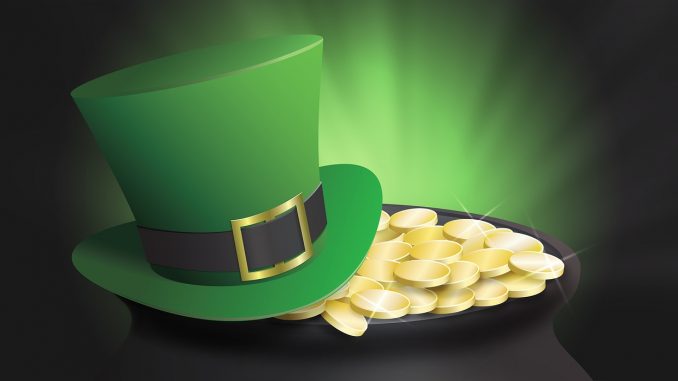
March 17 is St. Patrick’s day. This day has been celebrated in Ireland since 1000 AD and everywhere else where the Irish have laid strong roots like America. St. Patrick’s Feast Day has been an American holiday since 1762. Originally meant to be a solemn day to remember the supposed death of St. Patrick, it has become more than that. St. Paddy’s day is a celebration of Ireland and Irish culture as well as Irish mythology.
Most people don’t know who St. Patrick is but they know the myths behind four-leaf clovers, fairies and leprechauns. Instead of a solemn celebration of some saintly person whose history no one really knows anything about. Everyone celebrates by dressing in various shades of green and drowning in alcohol. The most iconic figure of St. Patrick’s Day is the leprechaun – the little mischievous, ginger haired man with a pot of gold at the end of a rainbow.
Where does the legend of the leprechaun from?
It originates from Irish Folklore that says there were fairies who had a pot full of gold coins at the end of every rainbow with leprechauns guarding it. With that in mind, it’s worth our while to discuss the significance of the pot of gold coins and how the holiday has changed over the years.
The history of St. Patrick Day’s holiday in the US.
1000 AD: the Irish begin to celebrate the St. Patrick’s Feast Day on the 17th March as a solemn day for remembering the death of St. Patrick.
1737: The first St. Patrick’s day is celebrated in the City of Boston acknowledging the rich Irish heritage
1762: New York holds the first St. Patrick’s Day parade.
1780: President, George Washington acknowledges the role the Irish have played in the history of the United States and declares March 17th an official holiday.
1792: The US Mint puts the value of a troy-ounce of gold at $19.39/oz.
1835: The gold price rises for the first time to $20.69/oz.
1870: The second time the price of gold rises to $22.88/oz. but it drops again to $20/67/oz. and stagnates at that price from 1879-1932.
1903: St. Patrick’s Day officially becomes a national holiday in Ireland.
1933: Franklin Delano Roosevelt (FDR) issues legislation making it illegal for private citizens to possess gold.
1934: FDR passes an act requiring for the Federal Reserve to hand gold reserves off to the U.S. Treasury.
1939: The price if gold is at $39.00/oz.
1948: President Harry S. Truman attends the NYC St. Patrick’s Day parade acknowledging that the Irish played an important role in the history of the US despite the long standing prejudices against them.
1965: The price of gold now sits at $35.00/oz.
1972: The price of gold rises from $35.00/Oz to $63.84/oz. between 1965 and 1972.
Dec. 1972: President Gerald Ford cancels FDR’s order banning private citizens from owning their own gold in 1933, making it legal again for private citizens to own gold.
1973: Gold jumps to $106.48/oz.
1980: Gold goes up to $594.40/oz., decreases, and then goes stagnant for the next decade.
1991: The month of March is dedicated to the history of Irish-Americans.
2000: Gold dropped to $272.65 an ounce.
2005: The price of gold rises to $513.00 an ounce and continues to rise to $869.75 in 2008.
2012: Gold doubled in value and sits at $1,644.00/oz.
So if there is gold at every end of the rainbow and a leprechaun guarding it, then if he had held on to the gold since the beginning of time he would earned much more for the gold. It has become tradition in other families to give gold coins to give each other gold coins as gifts for St. Patrick’s Day.
Sources:
https://sdbullion.com/gold-price-history